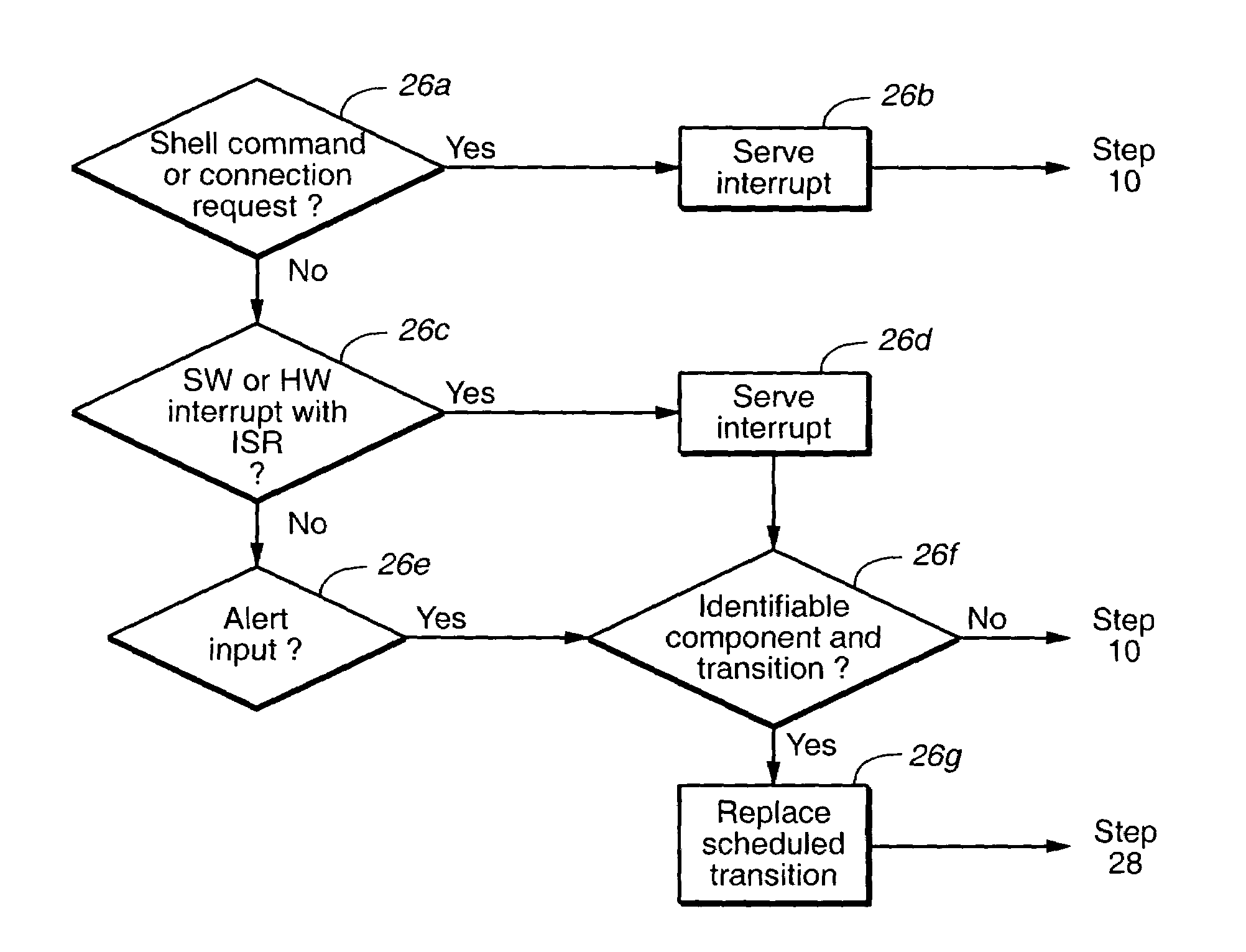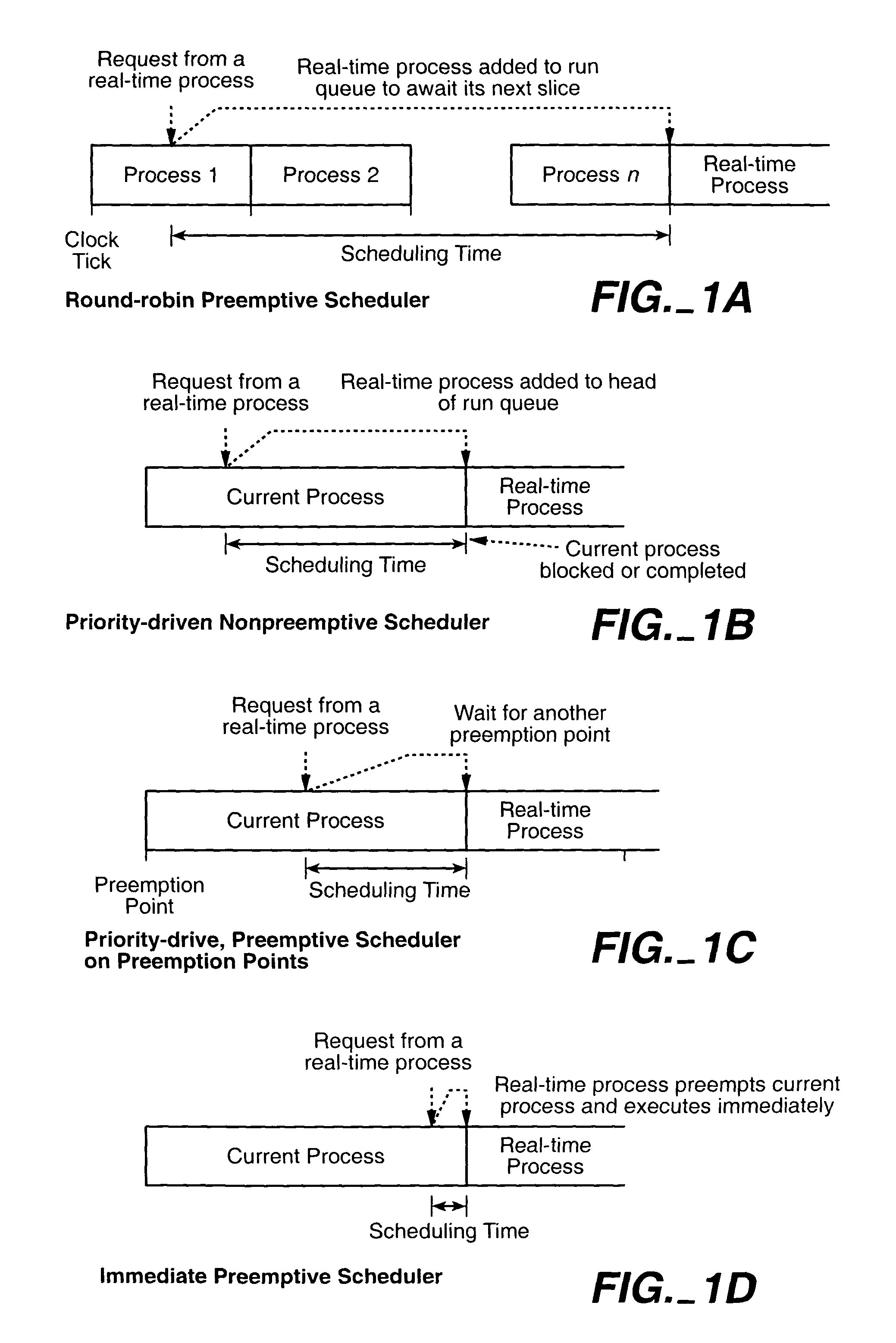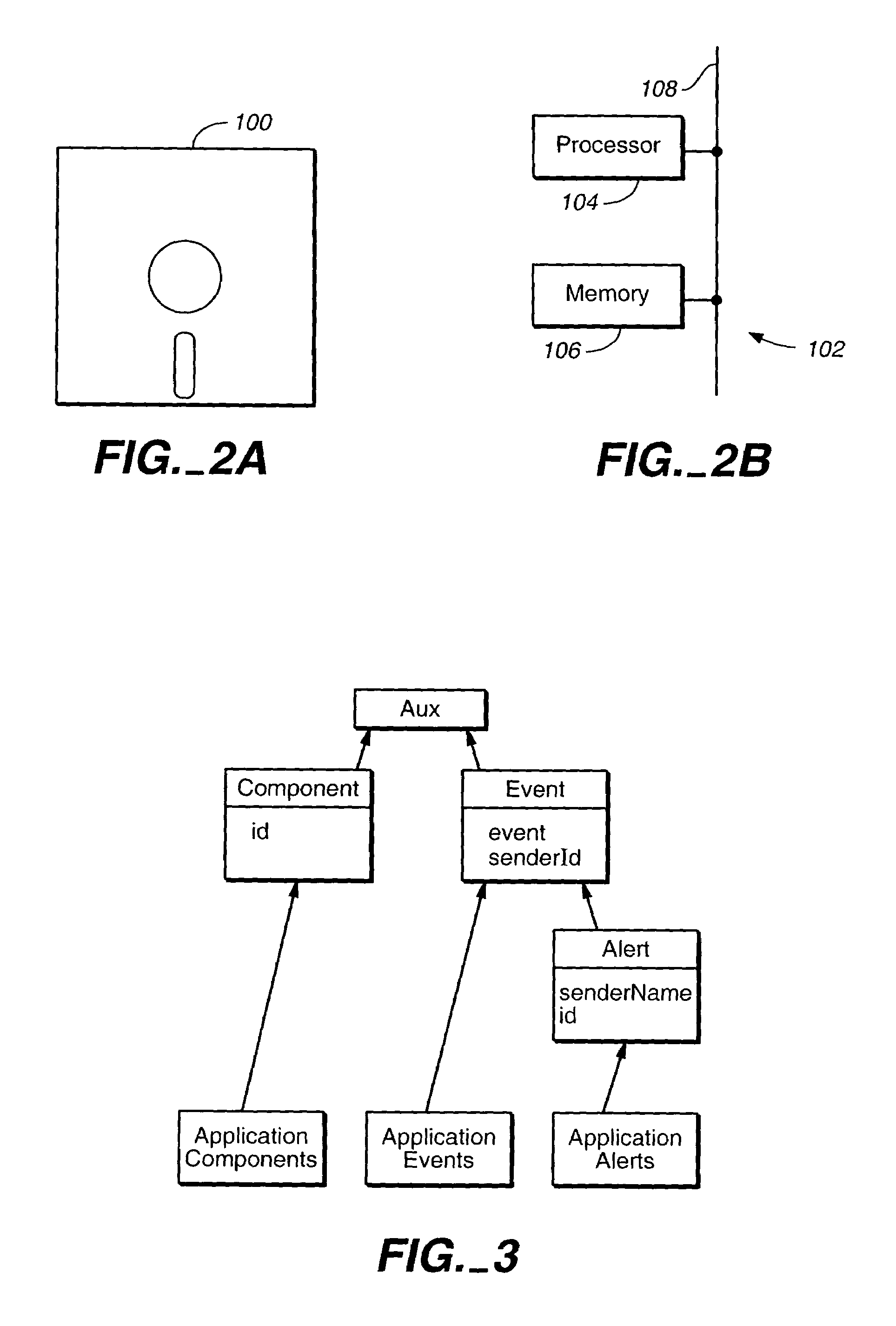Stallings states that the principal design issue is the length of the
time quantum, or slice, to be used.
On the other hand, there is
processing overhead involved in handling the
clock interrupt and in performing the scheduling and dispatching function.
Stallings further states that a
disadvantage to round robin is that processor-bound processes tend to receive an unfair portion of
processor time as compared to I / O-bound processes.
Performing these changes requires overhead time, during which the processor cannot be used for running processes.
(As usual, terminology poses a problem, since various words are used in the literature with varying meanings.
A hard real-time task is one that must meet its deadline; otherwise it will cause undesirable damage or a fatal error to the system.
When multiple processes are competing for resources and
processor time, no system will be fully deterministic.
1. The amount of time required to initially
handle the interrupt and begin execution of the interrupt service routine (ISR). If execution of the ISR requires a process switch, then the
delay will be longer than if the ISR can be executed within the context of the current process.
2. The amount of time required to perform the ISR. This generally is dependent upon the hardware platform.
3. The effect of interrupt nesting. If an ISR can be interrupted by the arrival of another interrupt, then the service will be delayed.
Stallings states that most contemporary real-time operating systems are unable to deal directly with deadlines.
In this case, the scheduling time will generally be unacceptable for real-time applications.
This could lead to a
delay of several seconds if a slow, low-priority task were executing at a
critical time.
Again, this approach is not acceptable.
While this last approach may be adequate for some real-time applications, it will not suffice for more demanding applications.
This is a predictable approach but one that is inflexible, because any change to any task requirements requires that the schedule be redone.
Typically, the tasks are aperiodic and so no static scheduling analysis is possible.
With this type of scheduling, until a deadline arrives or until the task completes, we do not know whether a timing constraint will be met.
In fact, this is not a particularly useful metric in evaluating real-time operating systems.
1. Ready time: Time at which task becomes ready for execution. In the case of a repetitive or periodic task, this is actually a sequence of times that is known in advance. In the case of an aperiodic task, this time may be known in advance, or the
operating system may only be aware when the task is actually ready.
2. Starting deadline: Time by which a task must begin.
3. Completion deadline: Time by which task must be completed. The typical real-time application will either have starting deadlines or completion dead-lines, but not both.
4.
Processing time: Time required to execute the task to completion. In some cases, this is supplied. In others, the operating system measures an exponential average. For still other scheduling systems, this information is not used.
5. Resource requirements: Set of resources (other than the processor) required by the task while it is executing.
6. Priority: Measures relative importance of the task. Hard real-time tasks may have an “absolute” priority, with the system failing if a deadline is missed. If the system is to continue to run no matter what, then both hard and soft real—time tasks may be assigned relative priorities as a guide to the scheduler.
7. Subtask structure: A task may be decomposed into a mandatory subtask and an optional subtask. Only the mandatory subtask possesses a hard deadline.
Stallings asserts that the other critical design issue is that of
preemption.
When this approach is used, when a new task requires immediate service, the service is denied.
This is the risk in dealing with aperiodic tasks, especially with starting deadlines.
An eligible task may not be ready, and this may result in the processor remaining idle even though there are ready tasks.
1. The performance difference is small in practice, where a utilization as high as 90% is often achieved.
2. Most hard real-time systems also have soft real-time components, such as certain noncritical displays and built-in self-tests that can execute at
lower priority levels to absorb the
processor time that is not used with RMS scheduling of hard real-time tasks.
3. Stability is easier to achieve with RMS. When a system cannot meet all deadlines because of overload or transient errors, the deadlines of essential tasks need to be guaranteed provided that this subset of tasks is schedulable. In a static priority assignment approach, one only needs to ensure that essential tasks have relatively high priorities. This can be done in RMS by structuring essential tasks to have short periods or by modifying the RMS priorities to account for essential tasks. With earliest deadline scheduling, a periodic task's priority changes from one period to another. This makes it more difficult to ensure that essential tasks meet their deadlines.
These context switches are overhead that introduce inefficiency in the execution.
Further, practical implementations of task schedulers in operating systems limit the simultaneous execution of tasks to some relatively small number (200-300).
This reduces the scale of the application.
But the problem is that function calls are nonpreemptive.
Being nonpreemptive, if a long function is being executed, it will
delay other functions that are waiting to be executed, possibly violating their real-time deadlines.
Due to this major drawback, function calls are not presently used for context switching.
 Login to View More
Login to View More  Login to View More
Login to View More 


